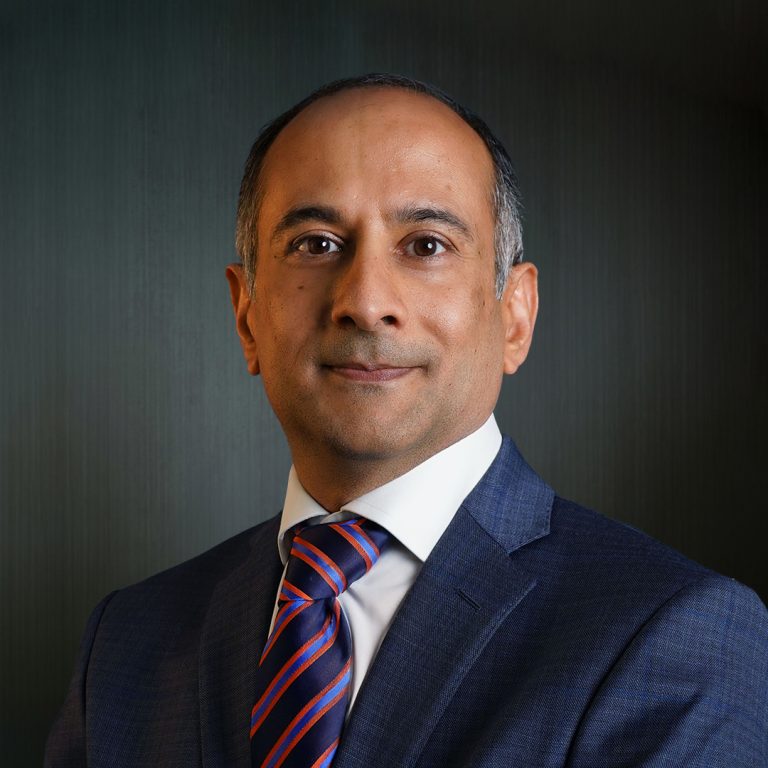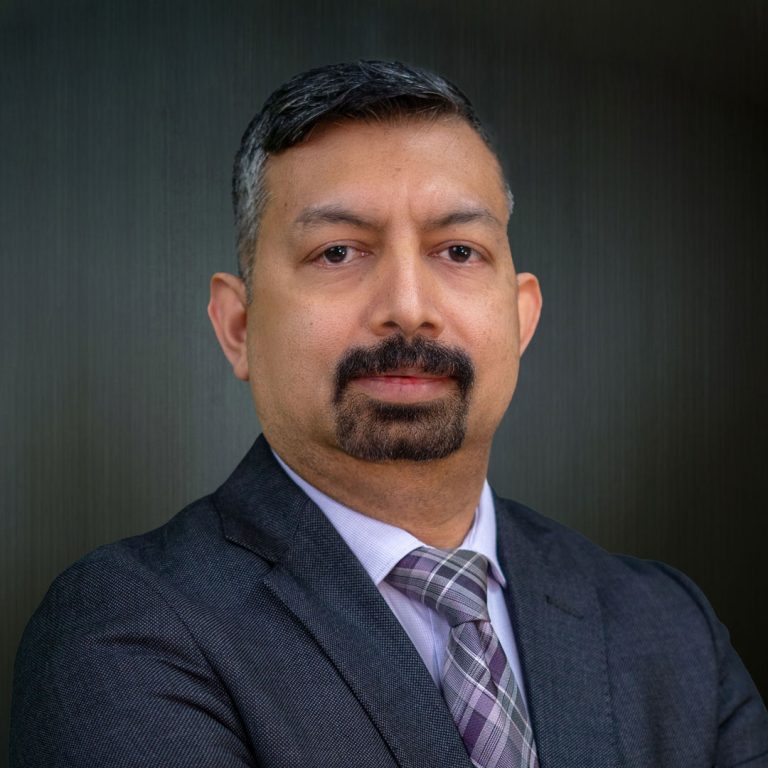What is Endocrinology?
Endocrinology is the branch of medicine dealing with endocrine glands and hormones.
Diabetes is one of the most commonly diagnosed Endocrine disorder. This occurs when your pancreas, an endocrine gland, does not produce enough insulin, a hormone that helps regulate your blood sugar.
Our experienced team of Endocrinologists treat a wide range of endocrine related disorders through an integrated multidisciplinary approach working closely with physicians in various other specialties, to ensure comprehensive diagnosis and treatment plans for our patients.
At Al Zahra Hospital we treat a wide range of Endocrine disorders including:
Diabetes:
- Fully comprehensive management of all forms of Diabetes
- Diabetes in Preconception Period and Pregnancy (Gestational Diabetes)
- Management of Diabetes related emergencies
Endocrinology:
- All forms of Pituitary Disorders / Tumors and Dysfunctions
- Multiple Endocrine Neoplasia (MEN Syndrome)
- Thyroid Disorders: Hypothyroidism (Underactive Thyroid),
- Hyperthyroidism (Overactive Thyroid), Goitre / Nodules
- Parathyroid Disorders: Primary, Secondary and Tertiary
- Hyperparathyroidism
- (Conn’s Syndrome), Cushing’s Syndrome, Pheochromocytoma
- Hypogonadism including Infertility, Erectile Dysfunction
- Neuroendocrine Tumours
- Obesity Management
- Lipid Disorders
- Polycystic Ovarian Syndrome, Hirsutism
Mineral Metabolism:
- Calcium and Mineral Disorders, Vitamin D Deficiency / Osteomalacia
- Osteoporosis, Pagets Disease




